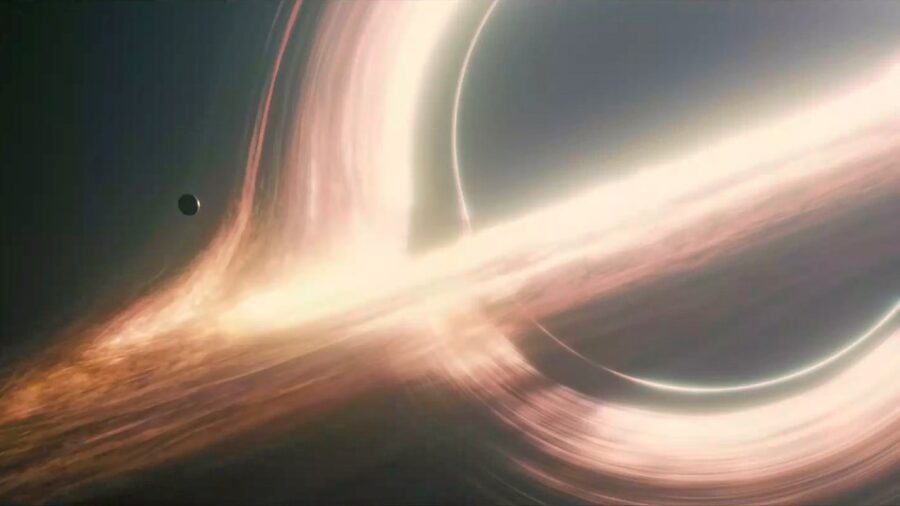A Rogue Black Hole Is Roaming Our Galaxy
We know terrifyingly little about black holes, but we did just learn that at least one is just roaming out in space.
This article is more than 2 years old

Black holes have been the object of scientific and cultural fascination for as long as they have been theorized. Part of the difficulty in explaining and observing these sinister-sounding astronomical phenomena is bound up in their very nature. Black holes have such a powerful force of gravity that nothing can escape them, not even light, which makes them pretty hard to see even on a cosmic scale. However, scientists have developed a new way to potentially identify them, which has led to another amazing and terrifying discovery: there is a rogue black hole just kind of free-floating around the galaxy.
Researchers at the Space Telescope Science Institute recently came across what the astronomy team lead Kailash Sahu described as “We report the first unambiguous detection and mass measurement of an isolated stellar-mass black hole…We show that the lens emits no detectable light, which, along with having a mass higher than is possible for a white dwarf or neutron star, confirms its black hole nature.” It also appears that this astronomical body is wandering through the galaxy, not orbiting a star as one would expect. It is also very small for a potential black hole (leading to some speculation that it might be a neutron star), being 1.6 and 4.4 times the mass of our own sun; that would make it the smallest potential black hole yet detected.
The potential black hole has been labeled as MOA-2011-BLG-191/OGLE-2011-BLG-0462 (or the casually chummy OB110462 for short) and is being studied by a number of teams to independently confirm that we’ve got a loose event horizon on our hands. The object is being studied via a new observational technique called “gravitational microlensing.” This technique measures the changes in gravitational fields around objects that we can see, which can be inferred to be being distorted by nearby invisible, massively dense objects. Basically, we can likely tell that an otherwise undetectable black hole (or something similar, like a neutron star) by its effects of space-time distortion on the surrounding area, which is a pretty cool sentence.
The potential confirmation of OB110462 being a roaming black hole is exciting on a number of scientific levels. For one thing, observing a (relatively) small yet massively dense object like this would make it what is known as a “lower mass gap object,” which scientists have wanted to study for years. For another, this is a pretty incredible confirmation of the idea behind gravitational microlensing and could lead to a number of new discoveries in the field of trying to find objects that are so amazingly powerful yet utterly invisible.
On the other hand, the idea that completely undetectable (until now) black holes most likely are just winging around the interstellar gulfs is pretty terrifying, especially if you stop to think one could just do a quick cosmic fly-by of our solar system at any moment. While we are not going to go ahead and say that we could soon be ending up with an Event Horizon situation any time soon, it seems like we are one step closer to it now.












